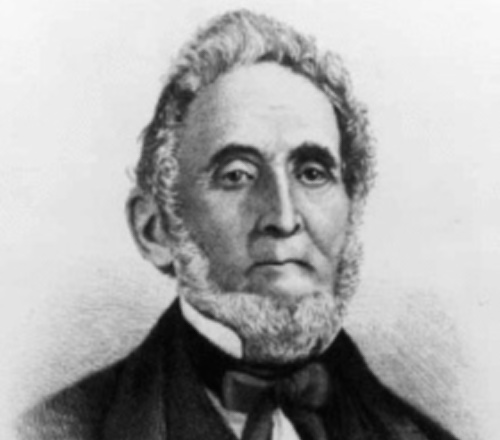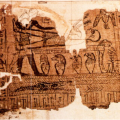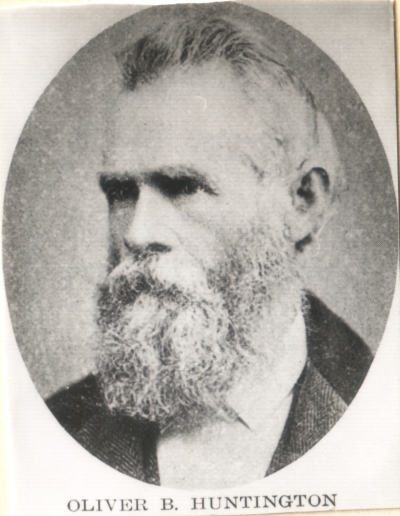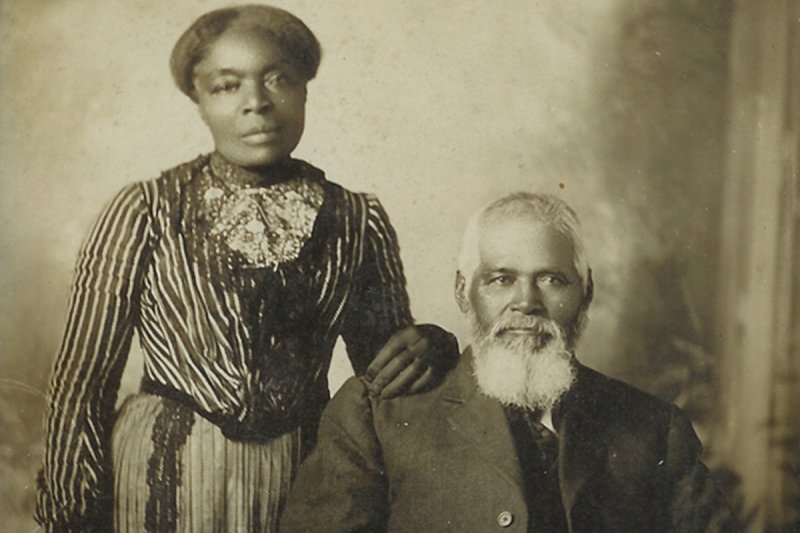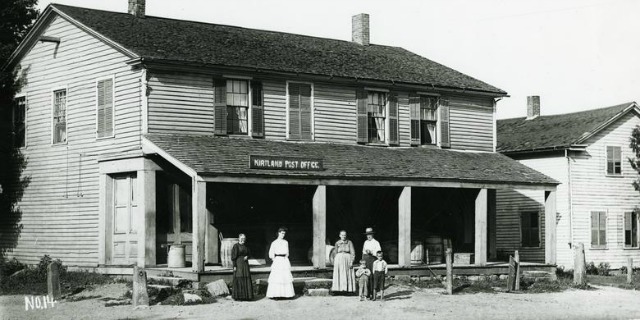Question
Gramps,
I want to know if you can give a rundown of what happened between Joseph’s death in 1844 and 1847 with the “succession crisis” as some call it. Some say Joseph Smith’s keys died with him. Others say the D&C lays out how the keys were to be administered and dispersed to the Church government. I’d like to know our take on all that history, as the Community of Christ and other churches tend to preach their ideas about these things.
Rachel
Answer
Rachel,
The martyrdom of Joseph Smith on June 27, 1844, sent shockwaves through The Church of Jesus Christ of Latter-day Saints, plunging its members into a state of uncertainty and confusion. As the founding prophet of the Church, Smith’s death not only represented a profound personal loss for many but also created a leadership vacuum that sparked what has since been termed the “succession crisis.”
The tragic deaths of Joseph and his brother Hyrum Smith marked a pivotal moment for the Church. Murdered by a mob in Carthage Jail, their loss reverberated throughout the community. As noted in the New York Herald, Joseph’s death would “seal the fate of Mormonism. They cannot get another Joe Smith.”This sentiment encapsulated the fears of many who believed that the Church could not survive without its founding prophet.
As the dust settled post-martyrdom, Brigham Young emerged as a key figure in stabilizing the Church’s leadership. Upon returning to Nauvoo on August 6, 1844, just days after Rigdon’s proclamations, Young asserted that the keys of the priesthood—the authority to lead the Church—remained with the Quorum of the Twelve Apostles, which he led. His leadership was characterized by a calm conviction that aimed to reassure the Saints during this tumultuous time.
The pivotal moment came on August 8, 1844, during a meeting attended by thousands of Saints. Sidney Rigdon spoke first, attempting to consolidate support for his claim to leadership. However, when Young took the stand, he articulated the importance of the Twelve Apostles in leading the Church. Witnesses reported a powerful spiritual manifestation during Young’s address; many felt he had assumed the prophetic mantle of Joseph Smith. The assembly overwhelmingly sustained the Quorum of the Twelve as the new leaders of the Church, effectively sidelining Rigdon.
In the days following the Smiths’ deaths, confusion reigned as various leaders within the Church laid claim to authority. Among these was Sidney Rigdon, who had served as Joseph’s First Counselor. Rigdon returned from Pennsylvania, declaring himself the “guardian” of the Church. However, his claim was met with skepticism, particularly from members of the Quorum of the Twelve Apostles, who were uncertain about his capabilities.
Following the leadership transition, the members of The Church of Jesus Christ of Latter-day Saints faced increasing persecution, prompting discussions of migration westward. Under Young’s guidance, the Quorum of the Twelve organized the exodus from Nauvoo, culminating in the establishment of Winter Quarters. During this period, Young received revelations that would shape the Saints’ journey west, leading to the first group’s arrival in the Salt Lake Valley on July 24, 1847.
The collective experience of loss, uncertainty, and eventual migration fortified the resolve of the Saints. Young’s leadership during these early days was instrumental in maintaining unity and purpose as the Church faced external challenges. He emphasized the belief that even in the face of adversity, the Lord would guide His Church through the Quorum of the Twelve Apostles.
After leading the Church for over three years, the Quorum of the Twelve Apostles convened in December 1847 to reorganize the First Presidency. During this meeting, Brigham Young was sustained as the first President of the Church following Joseph Smith’s death. This reorganization established a precedent for future leadership transitions, emphasizing the role of the Quorum of the Twelve in succession and ensuring the continuity of Church governance and ordinances.
The principles established during this succession crisis have continued to influence the governance of The Church of Jesus Christ of Latter-day Saints. The practice of selecting a new president from the Quorum of the Twelve Apostles ensures that leadership transitions are guided by seniority and established authority, creating a framework that has endured for generations.
The succession crisis following Joseph Smith’s death was a defining moment in the history of The Church of Jesus Christ of Latter-day Saints. Through the leadership of figures like Brigham Young and the collective determination of the Saints, the Church was able to navigate the challenges of uncertainty and persecution. The establishment of the Quorum of the Twelve Apostles as the governing body set a foundation for future leadership transitions and ensured the continuity of the Church’s mission.
As we reflect on this period, we are reminded of the resilience of the Saints and the guiding principles that have shaped the Church’s trajectory. In times of uncertainty, the teachings of the Church reassure us that divine guidance is always available through its leaders, enabling the continued fulfillment of the Lord’s work.
Gramps

